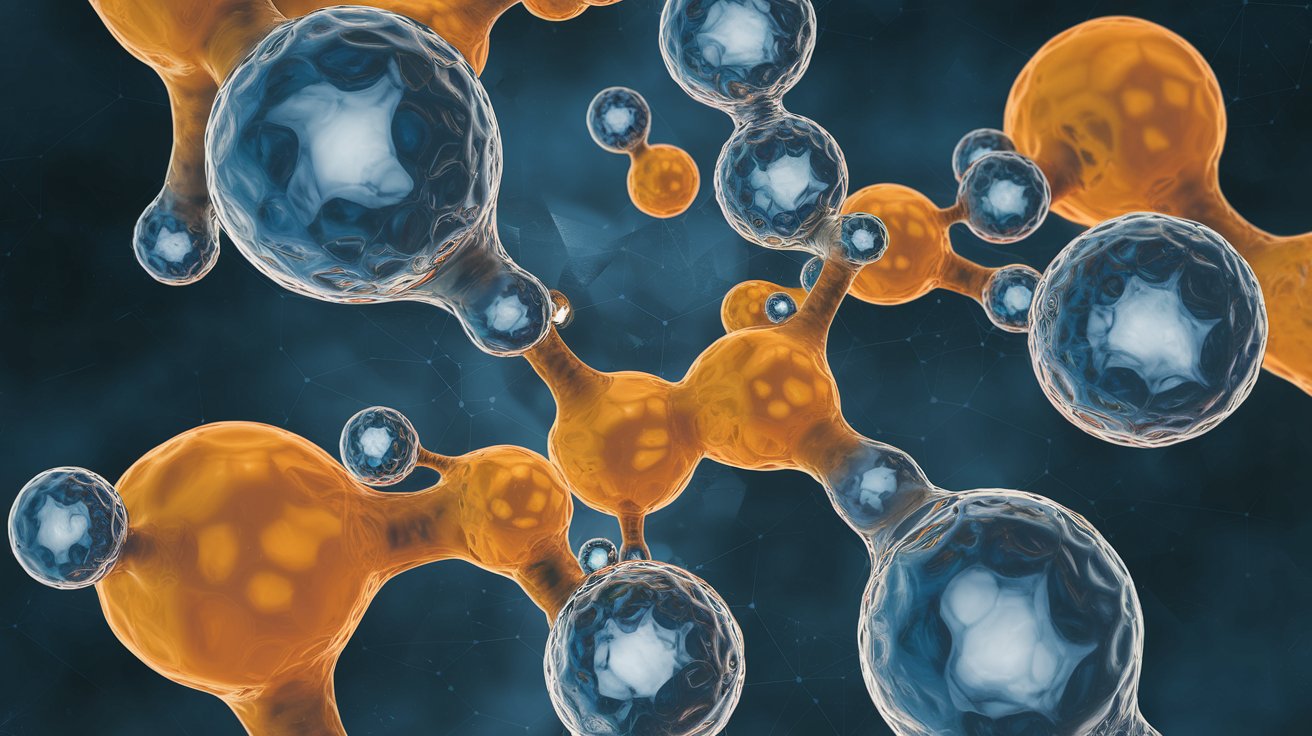
Dinosterol is a fascinating compound found in certain marine organisms, particularly dinoflagellates. These microscopic creatures play a crucial role in ocean ecosystems, contributing to the food web and even influencing climate patterns. But what exactly is dinosterol, and why should we care about it? Dinosterol is a type of sterol, similar to cholesterol in humans, that helps stabilize cell membranes in these tiny organisms. Its unique structure makes it a valuable marker for studying ancient marine environments and understanding past climate conditions. Dinosterol can also indicate the presence of harmful algal blooms, which can have significant impacts on marine life and human health. Dive into these 25 intriguing facts about dinosterol to uncover its importance in marine science and beyond.
Key Takeaways:
- Dinosterol, found in algae, helps scientists study ancient marine environments and climate change. It's like a time capsule, revealing secrets of Earth's history.
- Dinosterol is a cool molecule that tells us about past ocean temperatures, algal activity, and climate patterns. It's like a detective helping us solve Earth's mysteries!
What is Dinosterol?
Dinosterol is a type of organic molecule known as a sterol. Sterols are essential components of cell membranes in plants, animals, and fungi. Dinosterol is particularly interesting because it is found in certain types of algae and can be used as a biomarker in geological studies.
- Dinosterol is a type of sterol found in dinoflagellates, a group of single-celled algae.
- It has a complex molecular structure, including a cyclopentane ring fused to a phenanthrene ring.
- This sterol is often used as a biomarker in paleoceanography to study past marine environments.
- Dinosterol can help scientists understand historical climate changes by analyzing sediment cores.
- It is also used in the study of oil deposits, as its presence can indicate ancient algal activity.
Dinosterol in Marine Environments
Dinosterol plays a significant role in marine ecosystems. Its presence can tell us a lot about the health and history of these environments.
- Dinosterol is produced by dinoflagellates, which are key primary producers in marine food webs.
- These algae can cause harmful algal blooms, sometimes known as red tides.
- The sterol is resistant to degradation, making it a reliable marker in sediment studies.
- It can be found in both modern and ancient sediments, providing a long-term record of algal activity.
- Dinosterol concentrations can indicate the productivity of past marine environments.
Applications in Geological Studies
Geologists and paleoclimatologists use dinosterol to gain insights into Earth's history. Its stability over time makes it a valuable tool in these fields.
- Dinosterol is used to reconstruct past sea surface temperatures.
- It helps in identifying periods of high organic productivity in the ocean.
- The sterol can indicate changes in nutrient levels in ancient marine environments.
- It is often found alongside other biomarkers, providing a more comprehensive picture of past conditions.
- Dinosterol can also help identify the sources of organic matter in sediments.
Dinosterol and Climate Change
Understanding how dinosterol levels have changed over time can provide clues about historical climate patterns and help predict future trends.
- Dinosterol levels can reflect changes in ocean circulation patterns.
- They can also indicate shifts in the Earth's carbon cycle.
- High concentrations of dinosterol in sediments are often associated with warmer periods in Earth's history.
- The sterol can help identify periods of increased algal blooms, which are often linked to climate change.
- Dinosterol data can be used to validate climate models, improving their accuracy.
Modern Research on Dinosterol
Ongoing research continues to uncover new applications and insights related to dinosterol. Scientists are finding innovative ways to use this molecule in various fields.
- Researchers are studying dinosterol to better understand harmful algal blooms and their impacts.
- The sterol is being used to track pollution and nutrient runoff in coastal areas.
- Dinosterol is also being explored as a potential indicator of ocean acidification.
- Advances in analytical techniques are making it easier to detect and quantify dinosterol in environmental samples.
- Future studies may reveal even more about the role of dinosterol in marine ecosystems and its potential applications in environmental science.
Final Thoughts on Dinosterol
Dinosterol, a fascinating compound, plays a crucial role in marine ecosystems. Found in dinoflagellates, it helps scientists understand ancient climates and ocean conditions. This unique sterol serves as a biomarker, revealing much about past environmental changes. Its presence in sediments offers clues about historical ocean productivity and climate shifts. Understanding dinosterol's role can aid in predicting future climate trends. It's not just a scientific curiosity; it has practical implications for climate research. By studying dinosterol, researchers can piece together Earth's climatic history, providing valuable insights for future predictions. This compound, though small, holds significant importance in the grand scheme of climate science. So next time you think about climate change, remember the tiny but mighty dinosterol and its impact on our understanding of the planet's past and future.
Frequently Asked Questions
Was this page helpful?
Our commitment to delivering trustworthy and engaging content is at the heart of what we do. Each fact on our site is contributed by real users like you, bringing a wealth of diverse insights and information. To ensure the highest standards of accuracy and reliability, our dedicated editors meticulously review each submission. This process guarantees that the facts we share are not only fascinating but also credible. Trust in our commitment to quality and authenticity as you explore and learn with us.
